Headshots are an essential part of any actor’s resume, and they’re also a great way to update your LinkedIn profile. But if you’ve been doing the same old headshot for the last few years, it’s time for an upgrade. Here are ten trends in headshot photography that will help you get noticed and make sure your next picture is just as good as your last:
1. Natural Light
The best time of day to shoot in natural light is early morning or late afternoon, when the sun is low. This creates a beautiful, soft light that’s flattering on everyone. We’ve all seen photos taken with harsh sunlight coming directly on the subject’s face–it’s unflattering and unflattering to your clients!
So how do you use natural light to your advantage? First, make sure your subject is facing away from windows or open doors as much as possible (you don’t want direct light streaming in). Then ask them to turn their head slightly toward the side window so that you can see some shadow on their face. You want a little bit of both highlights and shadows; this helps make faces look more dimensional (and less flat).
If there are no windows near where you’re shooting, but there is an area rug or other floor coverings that may reflect onto the background paper or cloth behind them (like wood floors), try moving them away from those surfaces until they get into a position where they won’t reflect any distracting elements onto the background paper/cloth behind them.
2. Minimalism
Minimalism is a design trend that focuses on simplicity and efficiency. The term applies to any field of design, but it’s especially relevant in photography. When you’re looking at minimalist photos, you’ll see that they tend to be less cluttered and more focused on the subject matter.
This style of photography doesn’t just mean taking pictures with less stuff in them; it also means taking pictures that are more focused on the subject and the story. This can mean composing an image differently so that your headshots aren’t just another boring backdrop shot—for example, by including people or objects in the background (but not so many as to overwhelm).
3. Minimalist Backgrounds
There are a few simple rules for choosing a background. First, it should be minimal. Avoid backgrounds with busy patterns that will draw the eye away from your subject’s face. If you’re shooting outdoors, look for a neutral backdrop like trees or an open sky. If you’re shooting indoors, find something that isn’t distracting but also doesn’t clash with your outfit or makeup colors—white walls tend to work well here!
4. Environmental Portraits vs Studio Portraits
Studio portraits are more formal, posed, and controlled. They’re typically used for business headshots. The backdrop is a solid color and the lights are bright enough to create a well-lit environment. You sit in front of the camera with no distractions around you, like other people or pets.
Environmental portraits are more natural, relaxed and candid. They can be used for social media profiles as well as business headshots depending on how accurate they look compared to your daily life or work style. These photos may have some props involved (a bicycle helmet, an umbrella) but won’t necessarily have any set-up lighting as studio portraits do – instead, it may just be the natural light from outside that makes its way into your photo shoot through an open window!
5. Outdoor Headshots
If you want to take your headshots outdoors, it’s best to go during the golden hour. It will give you beautiful natural light and won’t be too harsh on your subject’s skin tone. And remember: if you cannot find a spot where there are no shadows, use reflectors! The other important thing about outdoor shots is that they should be captured using a wide-angle lens (around 35mm) so that there is less distortion in the image and everything looks more natural. Once you have set up your equipment, use a tripod or monopod to prevent any camera shake from happening during long shutter speeds. Also, make sure that your subject has moved around so they don’t look stiff in any of their poses while being photographed outdoors!
6. Outdoor Offices and Workspaces
The use of natural light is important for headshot photography because the way you use it can dramatically change the look and feel of your images. Here are some ways that you can use natural light to your advantage:
- Natural light is best used when shooting outdoors. When using natural sunlight as your main source of illumination, there are ways that you can maximize its effect on your image:
- Shoot in open shade (i.e., away from direct sunlight) whenever possible; this will allow more even lighting across your subject’s face
- If you must shoot in full sun, shoot early or late in the day when shadows are less harsh and contrast levels between highlights and shadows are lower
- Be aware of where the sun will be during each part of an outdoor session with your client; this will help ensure that they have their best side facing into it
7. Bright Colors
- Bright colors are in vogue.
- They are more eye-catching than neutral tones.
- Colors can be used to convey a message or personality, such as red for passion or green for calmness.
8. Black and White Headshots
Black and white headshots are a classic look that can be used for anything from a professional profile photo to an artistic portrait. They’re timeless, striking, artistic, versatile, and flattering.
Here’s how you can get the best black-and-white headshot:
- Make sure your outfit is well-edited. Your clothes should be bright with minimal patterns or details if you want to avoid looking too busy in your photo. It’s also important to have good lighting because shadows can ruin even the best photos!
- Don’t have too much facial hair or makeup on when getting photographed so it won’t show up in pictures when they’re printed out later on down the road! You want people viewing them online from various devices (phones/tablets) without having any problems reading what’s written thereon.”
9. Dramatic Colors and Lighting
To create a dramatic look, use colors that are bold and vibrant. The background and clothing should also be colorful to give your headshot a fun, upbeat feel.
Try using dramatic lighting for this style as well. This can be achieved by using a professional lighting kit or by simply adding more light sources to your shoot space (like lamps).
10. 50mm Lenses Take the Stage
The 50mm lens is a great tool for any headshot photographer. It’s also a good choice for portrait photography and landscape photography, as well as indoor shots and outdoor shots, close-ups, and wide angles. In short, this versatile lens is ideal for the type of work you do.
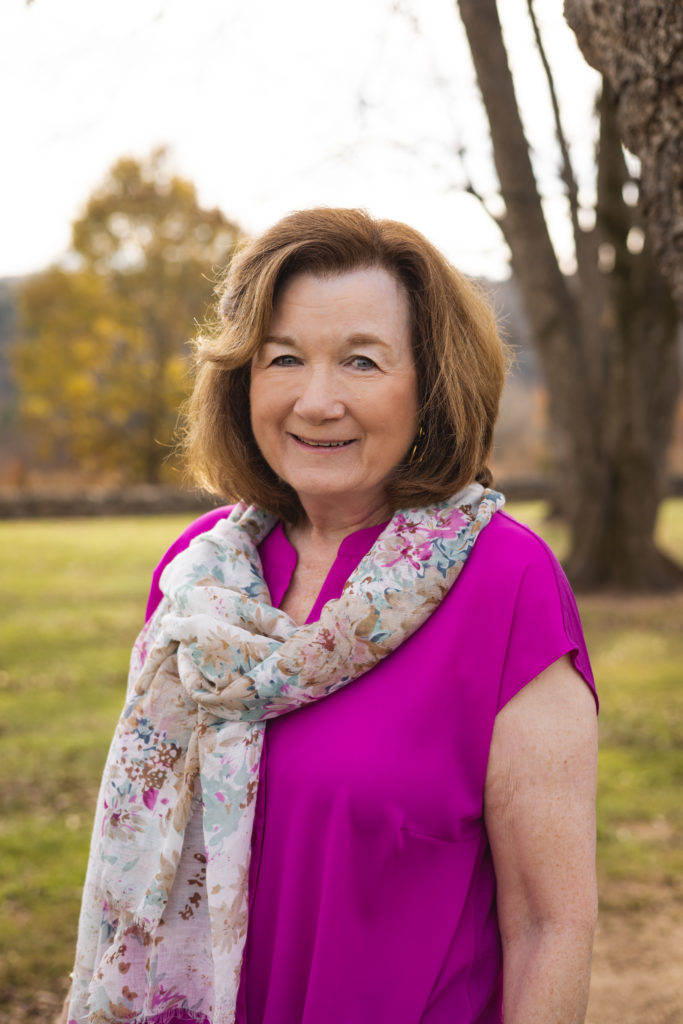
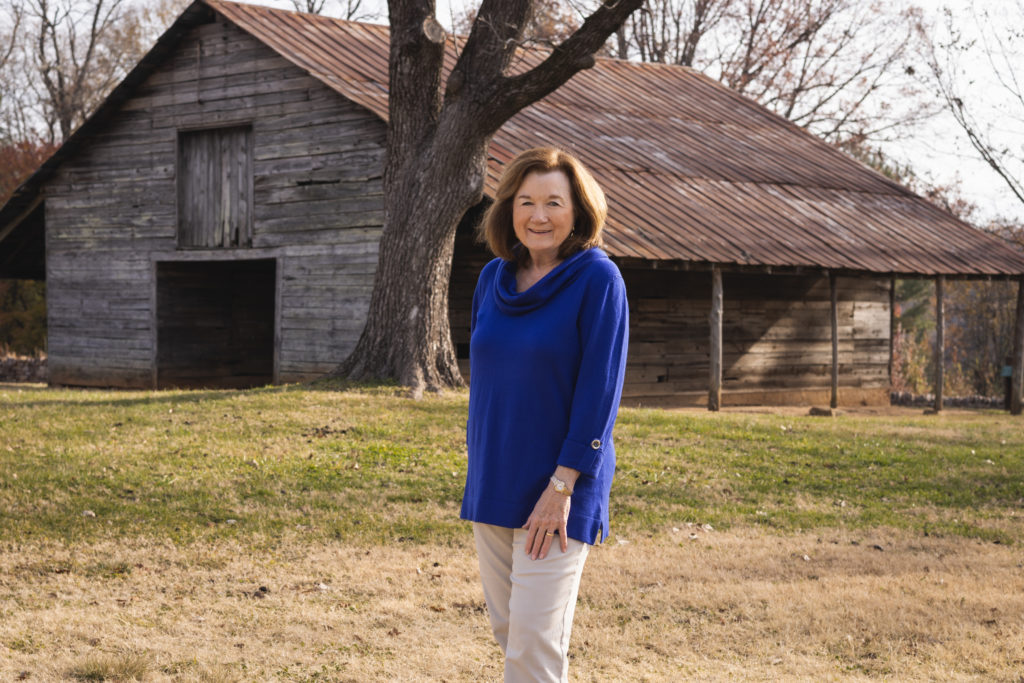
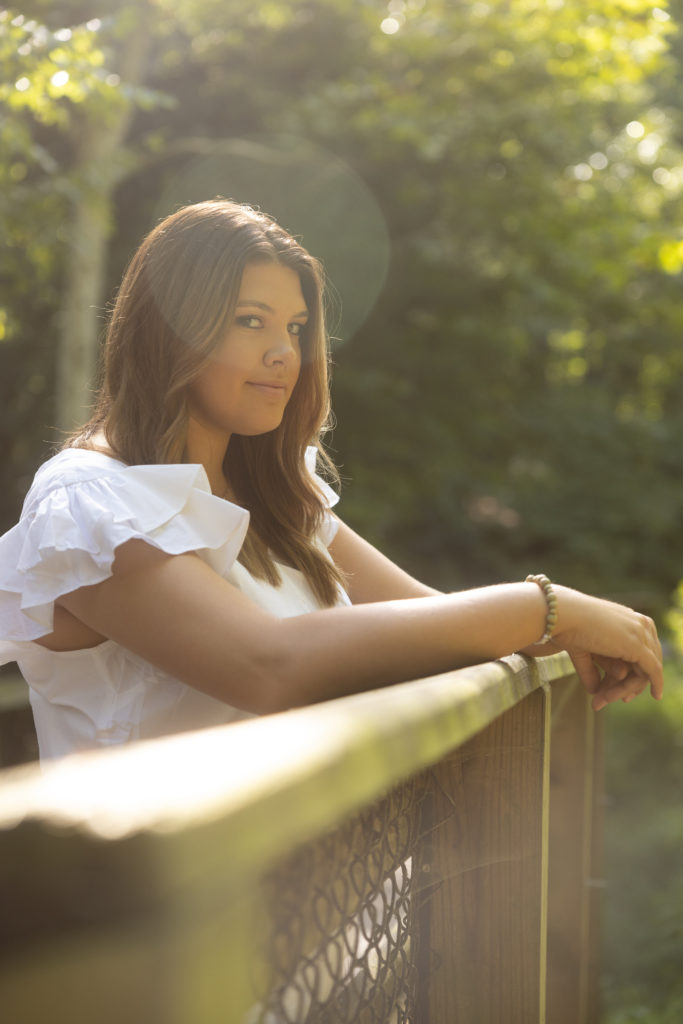
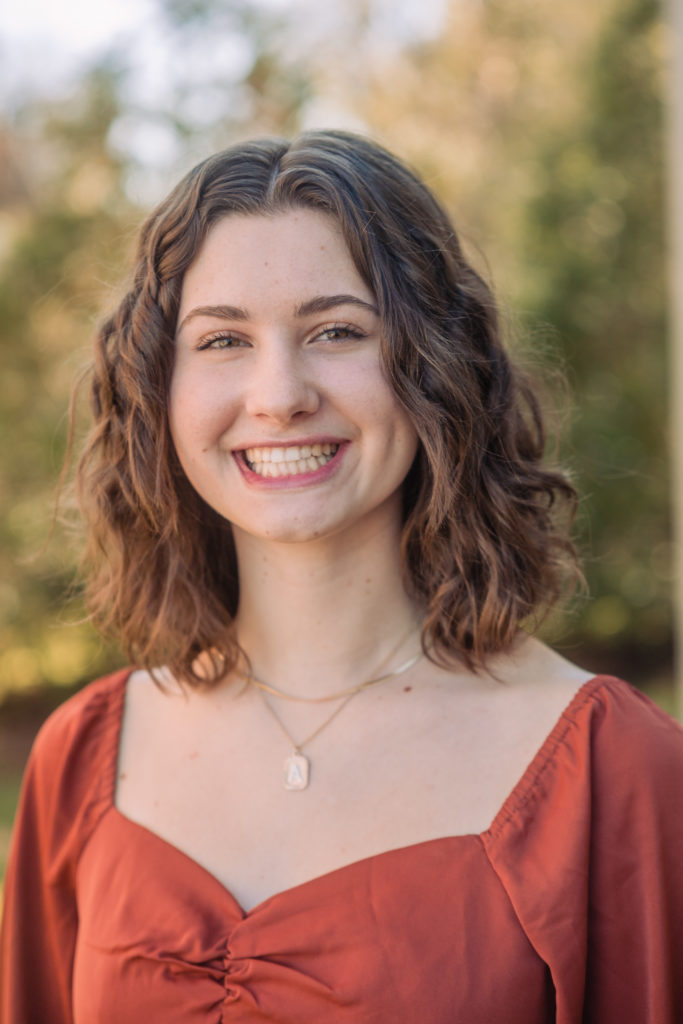
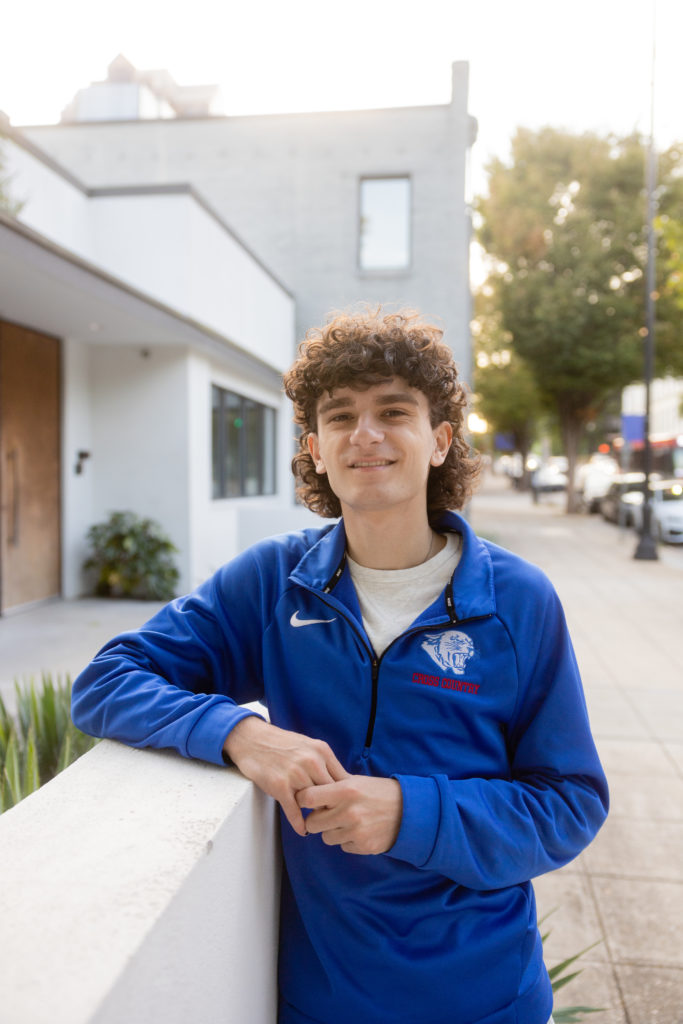
January 17, 2023